Archive
Alexander A. Yaron
- Alexander
- A.
- Yaron
Александр Александрович Ярон
- 01-08-1910
- 29-07-1991
- Washington (US)
- DesignerJournalistArtistPhotographer
An autodidact and a versatile commercial artist, Alexander Yaron applied his talent in portraiture, photography, interior design, advertising, layout and illustration. His best known projects were illustrated art magazines and books produced as part of Adcraft Studios, in tandem with Ivan Kounin.
Word Count: 42
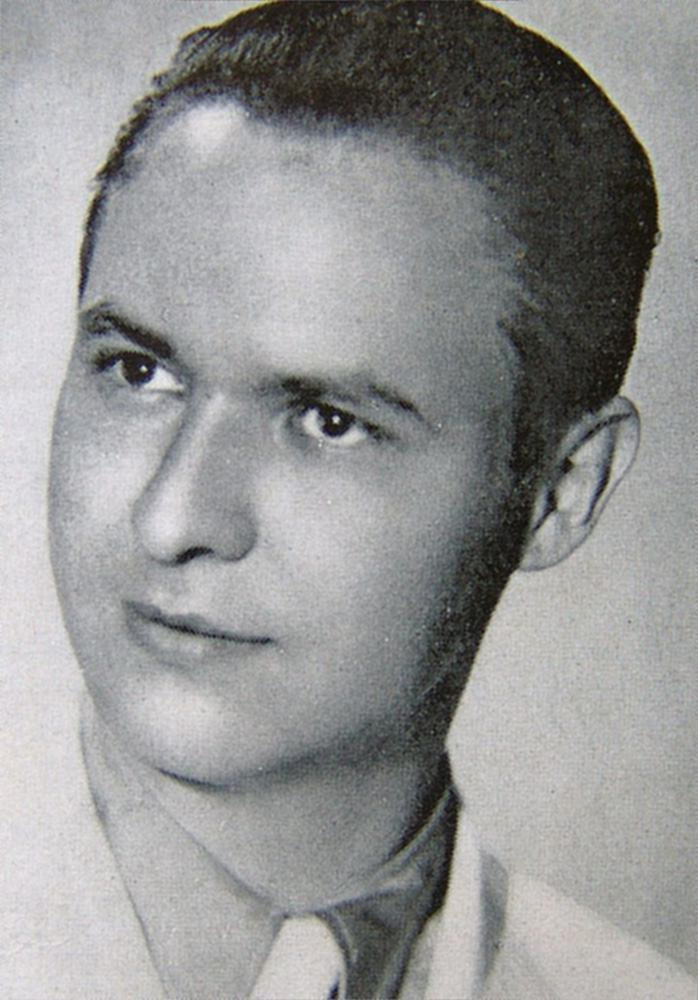
Kounin, Ivan, and Alexander Yaron, editors. The Diamond Jubilee of the International Settlement of Shanghai. Shanghai, 1940. Portrait of Alexander A. Yaron, photography. 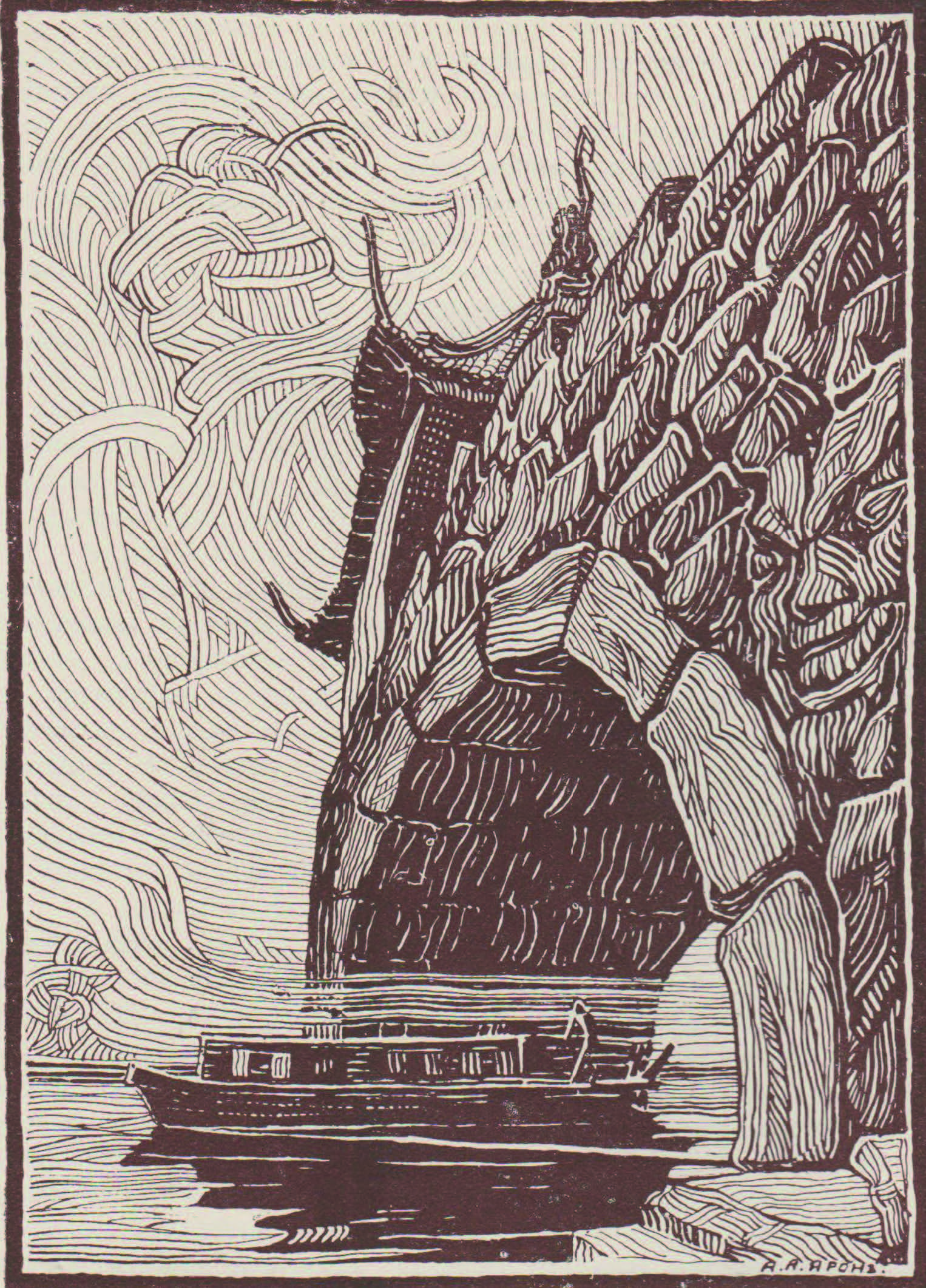
Alexander Yaron, Along the ancient channel, print, Ponedelnik (Monday),1933 (© Amir Khisamutdinov). 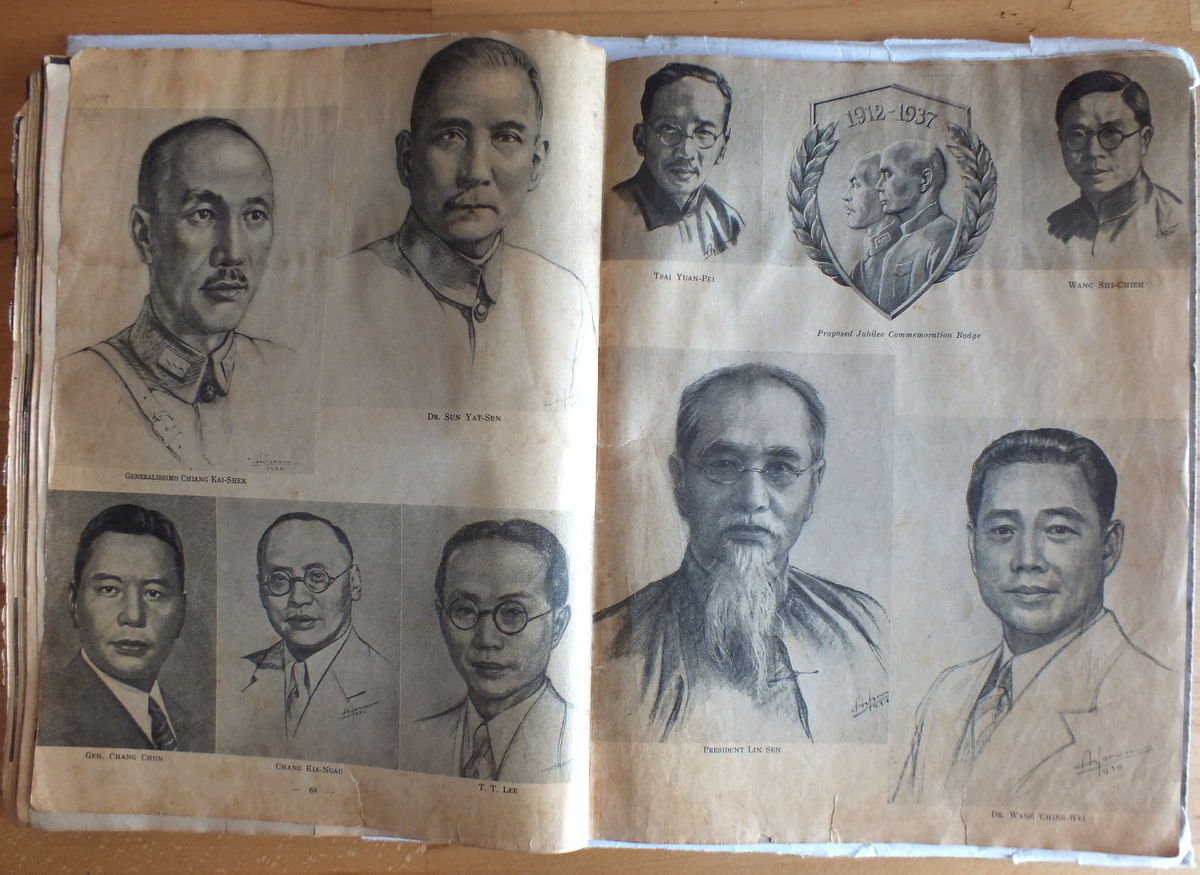
Alexander Yaron, portraits, drawings, Highlights of Art, 1938 (© Natalia Kounin). 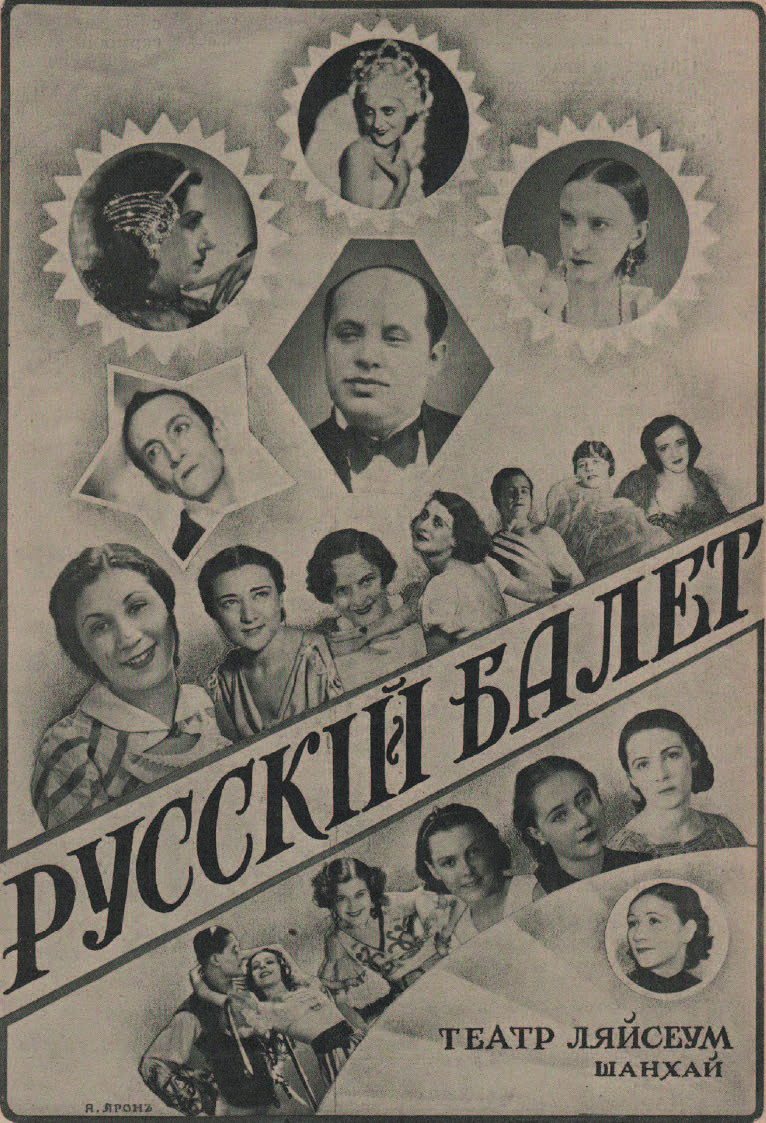
Alexander Yaron, poster for the Russian Ballet, 1936 (© Amir Khisamutdinov). 
Kounin, Ivan and Alexander Yaron, editors. Diamond Jubilee of the International Settlement of Shanghai. Post mercury Co. fed. Inc. U.S.A.,1940. The double page shows the covers of Adcraft Studios’ magazines, including Highlights of Art, and others. 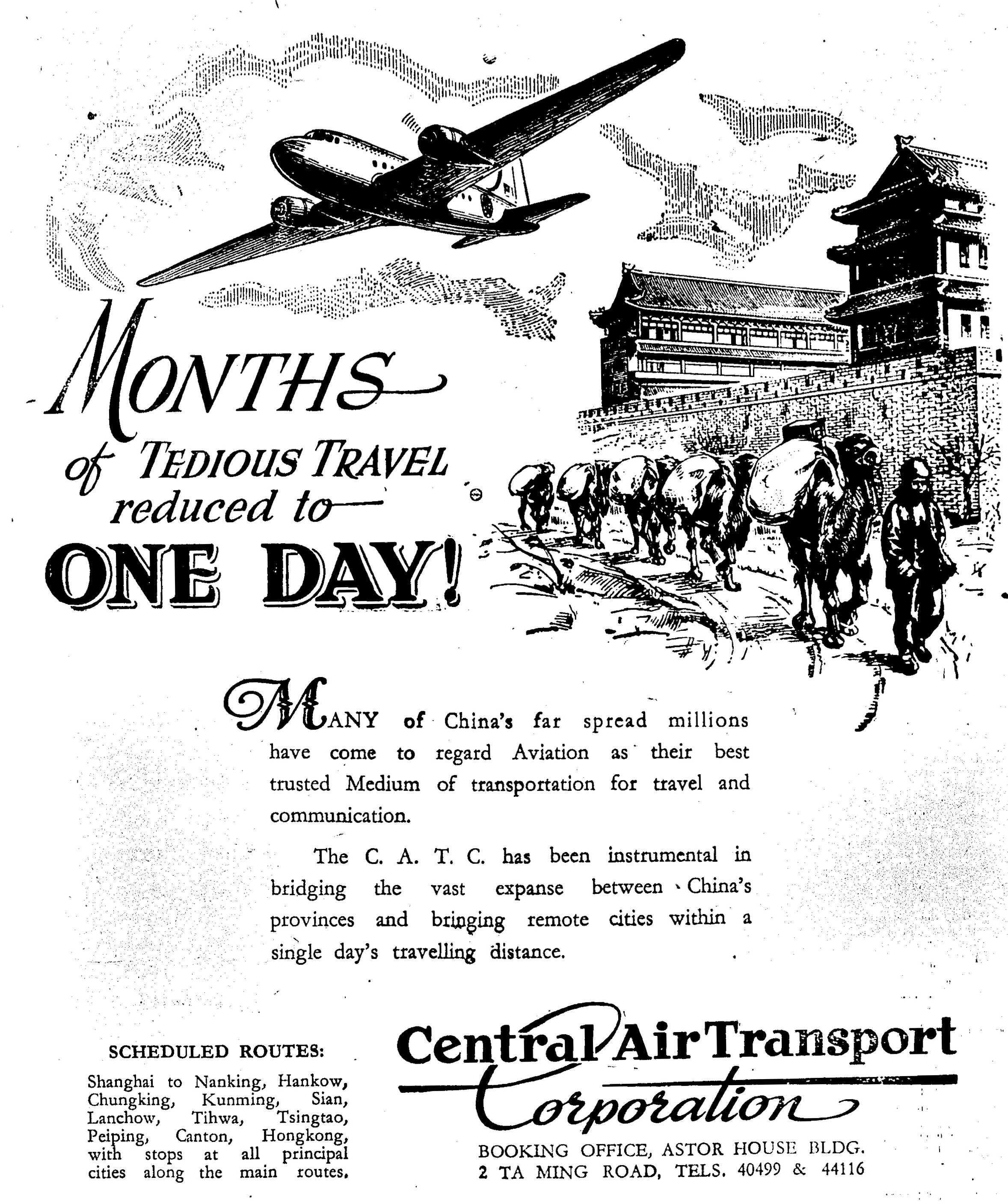
Yaron Studios, advertisement for Central Air Transport Corporation, China Weekly Review, 20 September 1947. Khisamutdinov, Amir. Russkie hudozhniki v Kitae (Russian artists in China). Vladivostok, 2015.
Kounin, Ivan, and Yaron, Alexander, editors. The Diamond Jubilee of the International Settlement of Shanghai. Shanghai, 1940.
Lebedeva, Tatiana. “Книга "Бриллиантовый юбилей международного сеттельмента Шанхая" как памятник культуры и источник изучения художественной жизни Шанхая 1930-х годов (The book Diamond Jubilee of the International Settlement of Shanghai as a window on the artistic scene in 1930s Shanghai),” Literary Culture of Yaroslavl Region, conference papers, 2009.
Zhiganov, Vladimir, Russkie v Shanghae. Russians in Shanghai. Shanghai, 1936.Word Count: 66
Shanghai, China (1922–1949); Philippines (1949); USA
Cinema Art Co., 72 Hongkong Road, International Settlement (now Xianggang Lu, Huangpu Qu); 317 Rue Cardinal Mercier, French Concession (now Maoming Nan Lu, Huangpu Qu); Adcraft Studio, 7 Avenue Edward VII, French Concession ( now Yan ’an Dong Lu, Huangpu Qu), Yaron Studios, 153 Nanking Road, International Settlement (now Nanjing Lu, Huangpu Qu), Shanghai
- Shanghai
- Katya Knyazeva. "Alexander A. Yaron." METROMOD Archive, 2021, https://archive.metromod.net/viewer.p/69/2952/object/5138-11304850, last modified: 08-05-2021.
-
Ivan KouninJournalistPublisherShanghai
A self-driven journalist and a self-funded publisher, Ivan Kounin created several illustrated albums focused on the life of Shanghai’s international community, which highlighted the work of Russian artists.
Word Count: 29
Mikhail KichiginArtistDesignerTeacherShanghaiMikhail Kichigin was Shanghai’s preeminent émigré artist in the 1930s and 1940s. He travelled extensively around China and Eastern Asia, exhibiting his work and conducting visual studies. A versatile professional and a respected art instructor, he influenced a number of young artists from the Russian diaspora.
Word Count: 47
Vera KuznetzovaArtistDesignerIllustratorShanghaiA native of Harbin and a resident of Shanghai in the 1930s and 1940s, Vera Kuznetzova was among the most accomplished female artists of the Russian diaspora. Together with Mikhail Kichigin, she travelled extensively around China and Eastern Asia, exhibiting her work and conducting visual studies.
Word Count: 46
Vasily ZasipkinArtistDesignerShanghaiVasily Zasipkin was a prolific artist and and influential teacher, much loved in the diaspora. Having lost his studio and all his work in wartime Shanghai, he started over in Singapore.
Word Count: 31
John L. IsaackDesignerArtistShanghaiJohn Isaack studied for a year and a half at the Academy of Fine Arts in Berlin before joining an advertising, stage and fair design company. He arrived in Shanghai in 1939 and found work as a graphic artist at Adcraft an advertising agency before being forced to move into the designated refugee area in Hongkou.
Word Count: 55
Highlights of ArtMagazineShanghaiHighlights of Art was an illustrated magazine published by the creative duo Ivan Kounin and Alexander Yaron, working under the name Adcraft Studios. Although the magazine stopped publication after one issue, it launched a series of art-focused periodicals, praised for their high quality of design and their thematic coverage.
Word Count: 49
HLAM – Society for Artists, Writers, Entertainers and MusiciansAssociationShanghaiAs Shanghai’s largest and most popular Russian émigré association focused loosely on art, HLAM provided a platform for weekly encounters between the self-professed bohemians and a general audience. The HLAM evenings included theatre scenes, comic routines, dance numbers and poetry readings.
Word Count: 42
PonedelnikAssociationShanghaiPonedelink was the most influential and the longest-running art society in Shanghai. Committed to promoting awareness of Russian culture and to developing its members' taste and erudition, it published the finest art magazine of the diaspora.
Word Count: 36
Lyceum TheatreBuildingShanghaiThe new Lyceum Theatre was designed in an eclectic style by British architects Davies & Brooke and opened on 5 February 1931.
Word Count: 20
Victor PodgourskyArtistDesignerTeacherShanghaiVictor Podgoursky spent more than twenty-five years in Shanghai, working as an artist, teacher and designer. As a long-standing member of the Shanghai Art Club, he acted as the resident art critic and an instructor in life drawing and painting for the members.
Word Count: 43